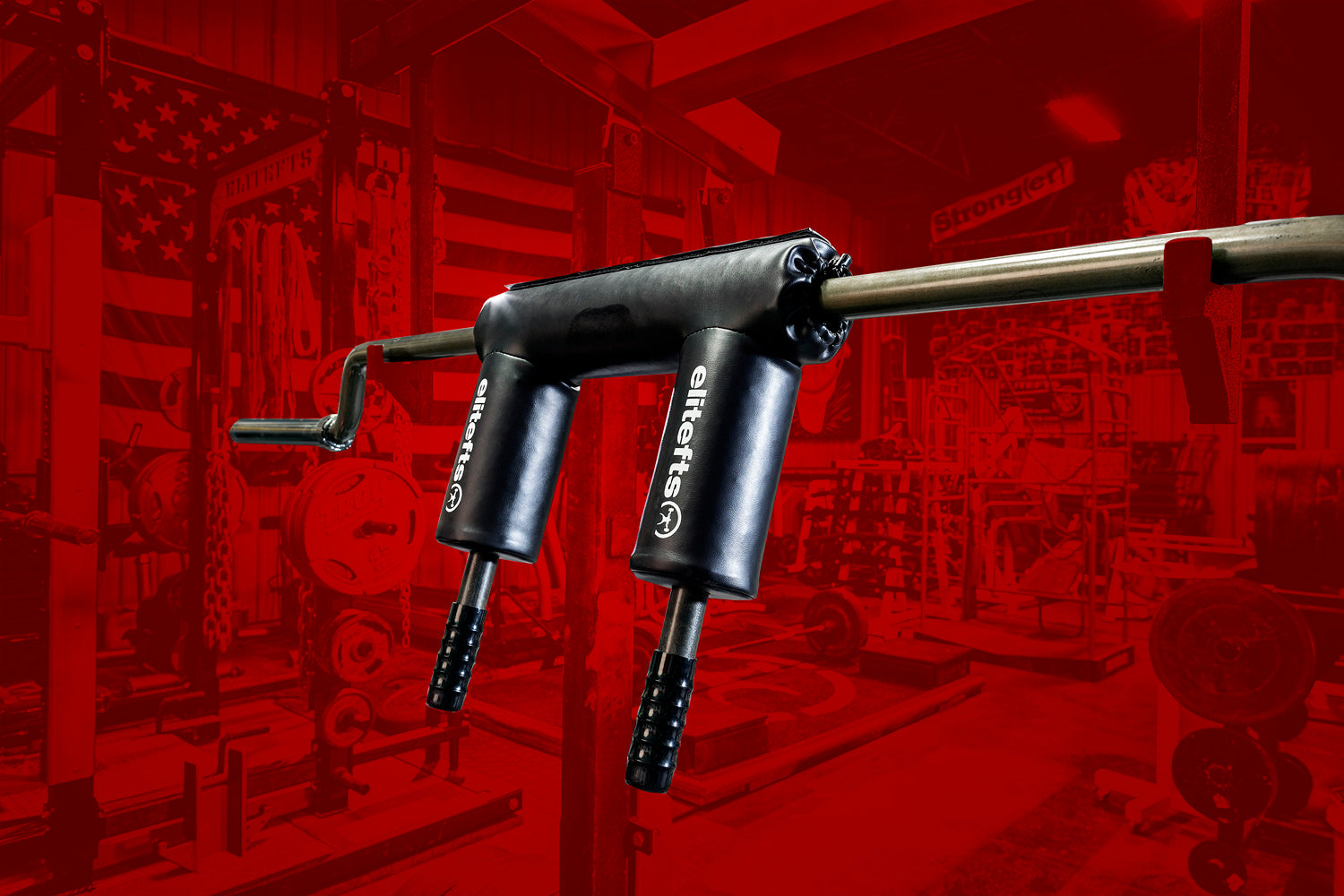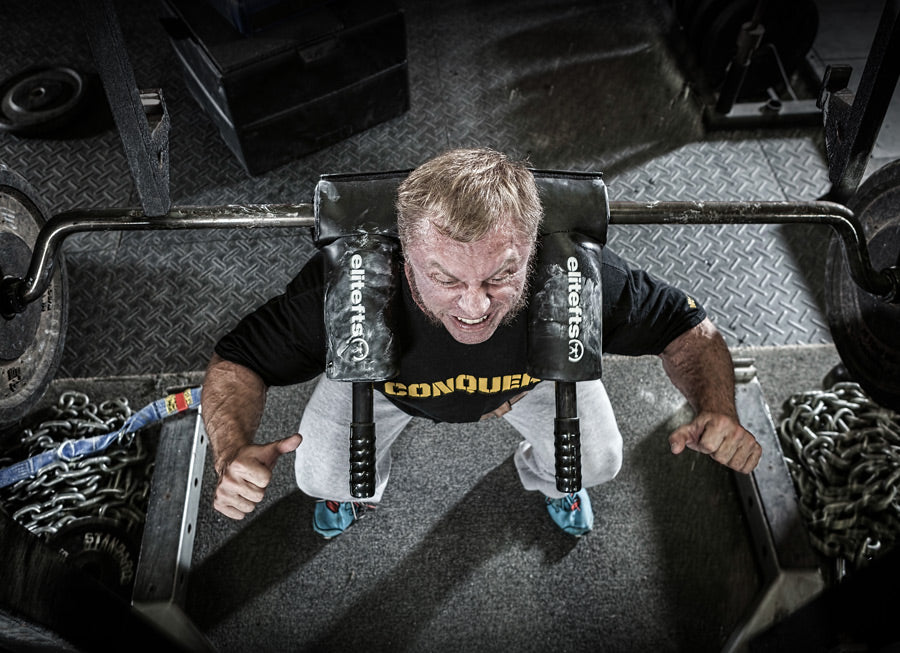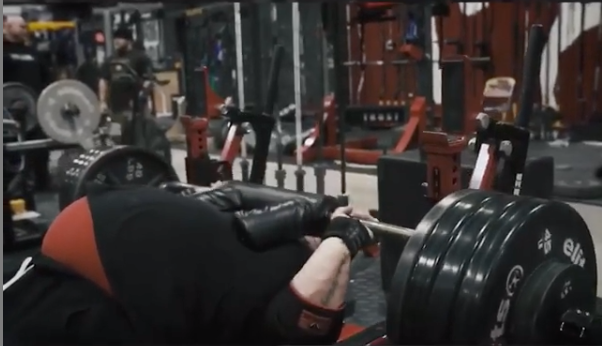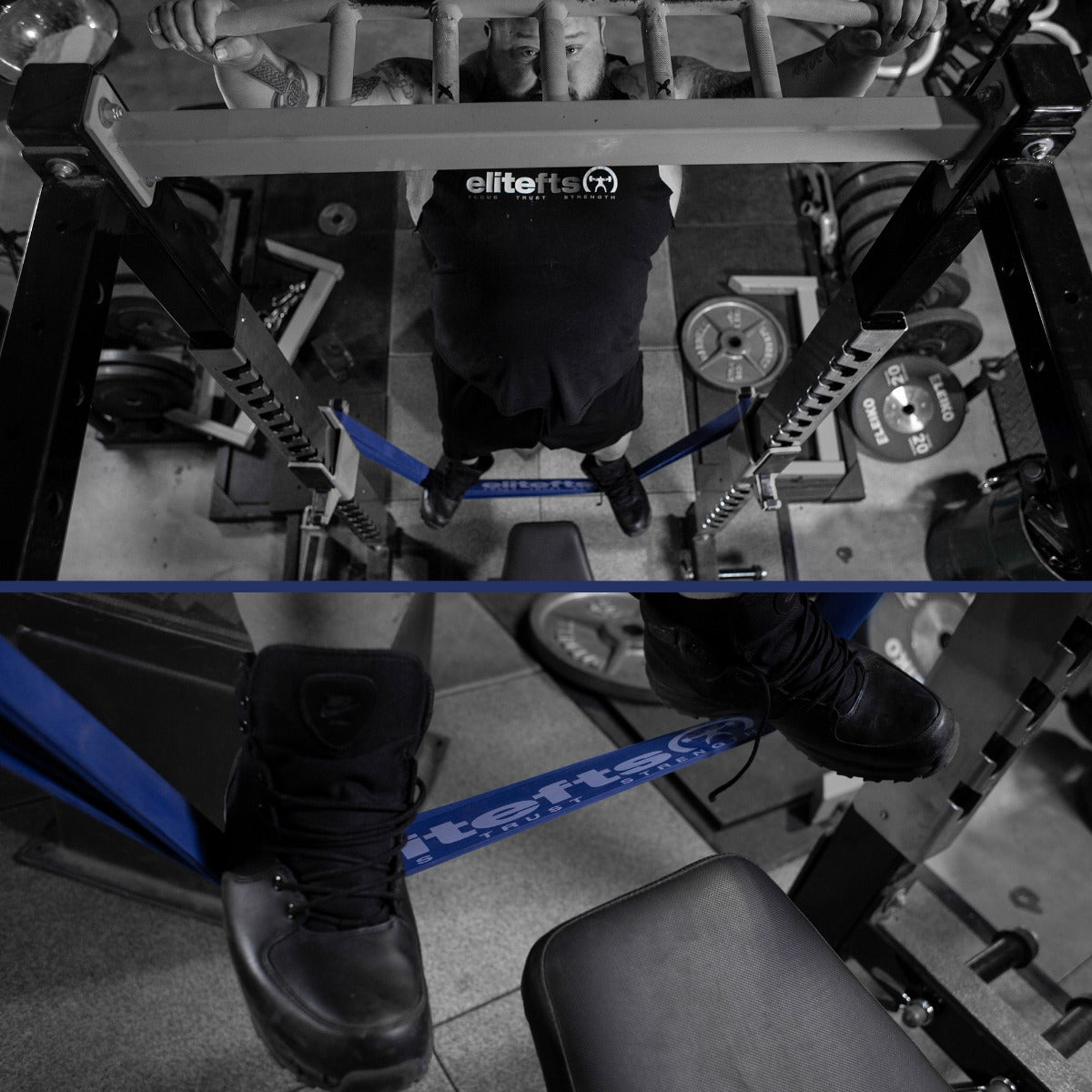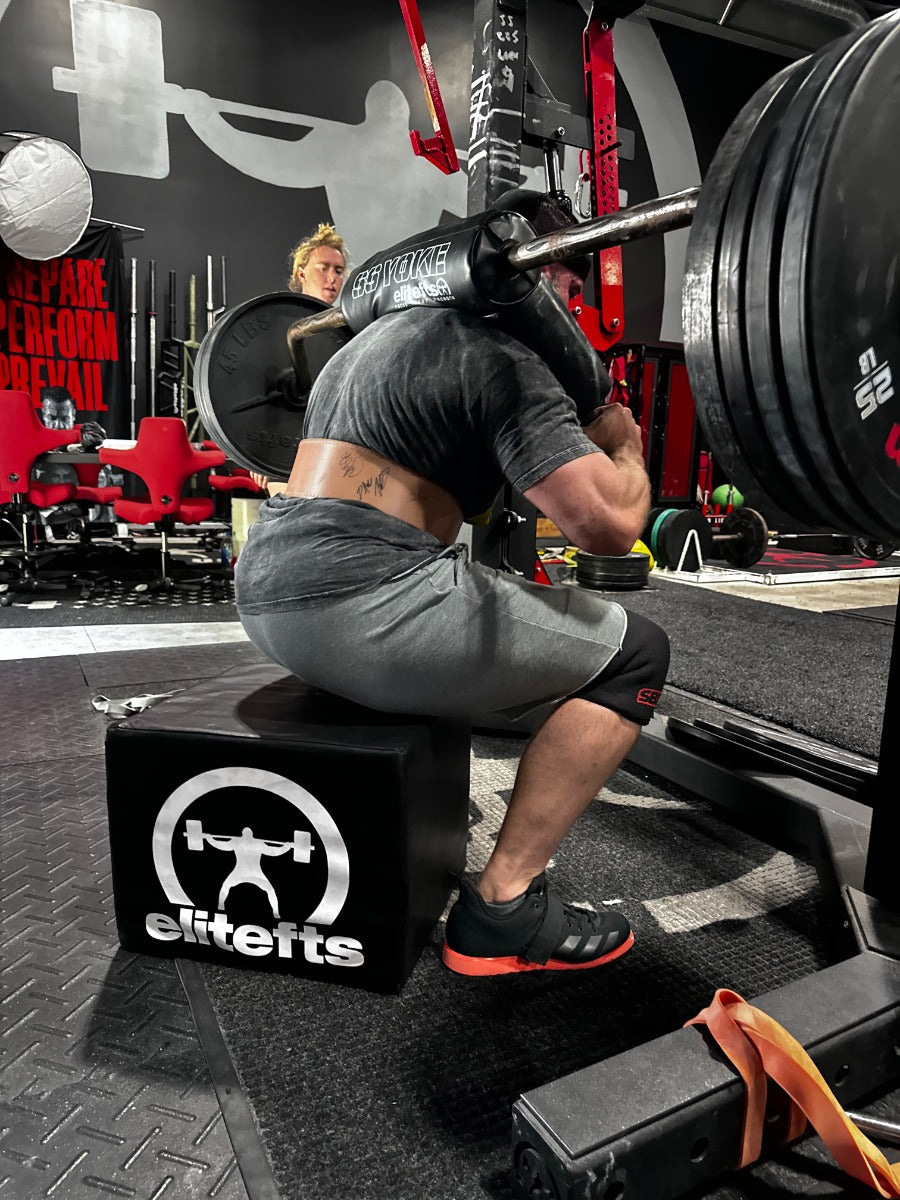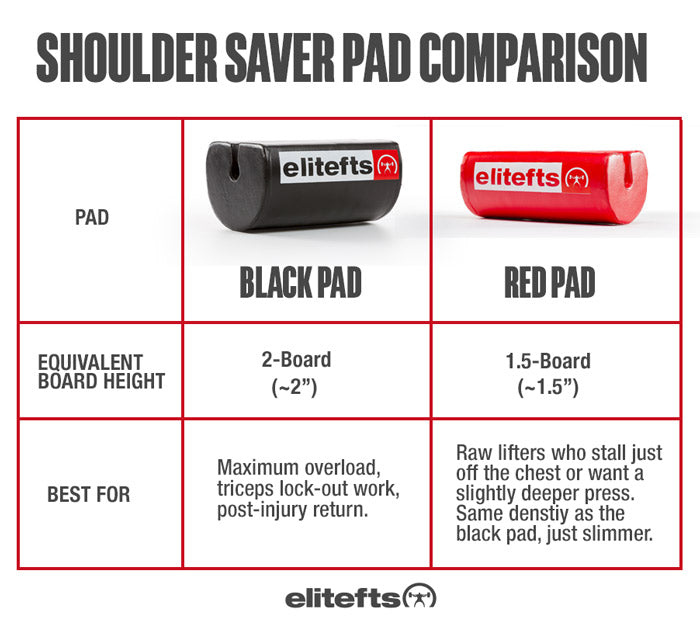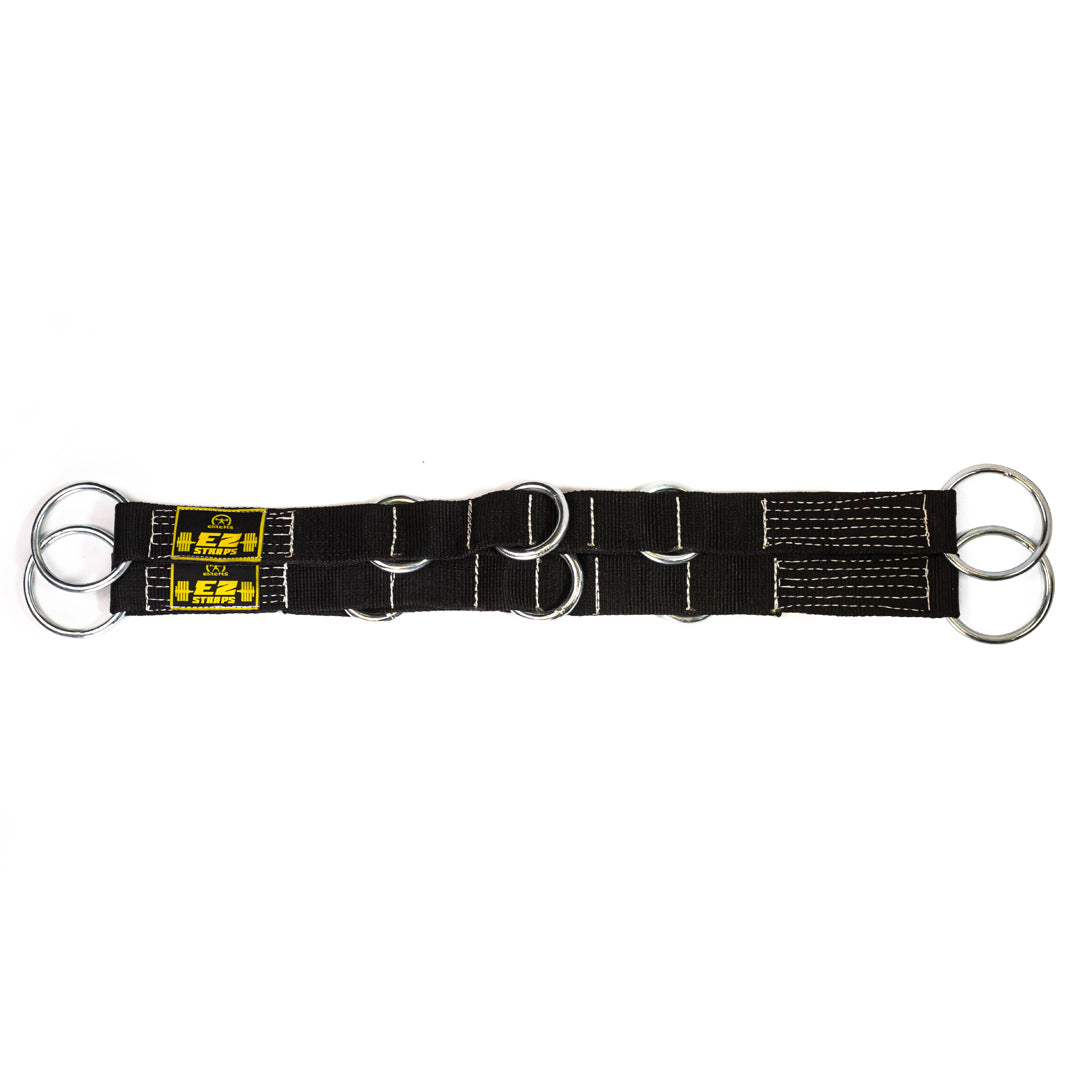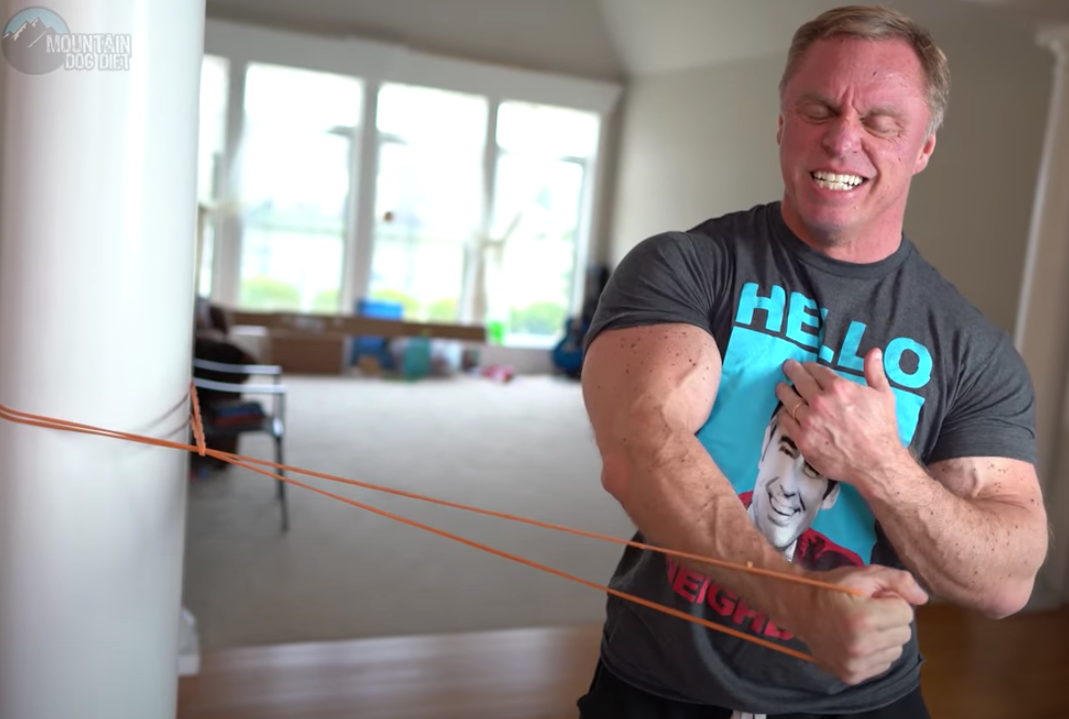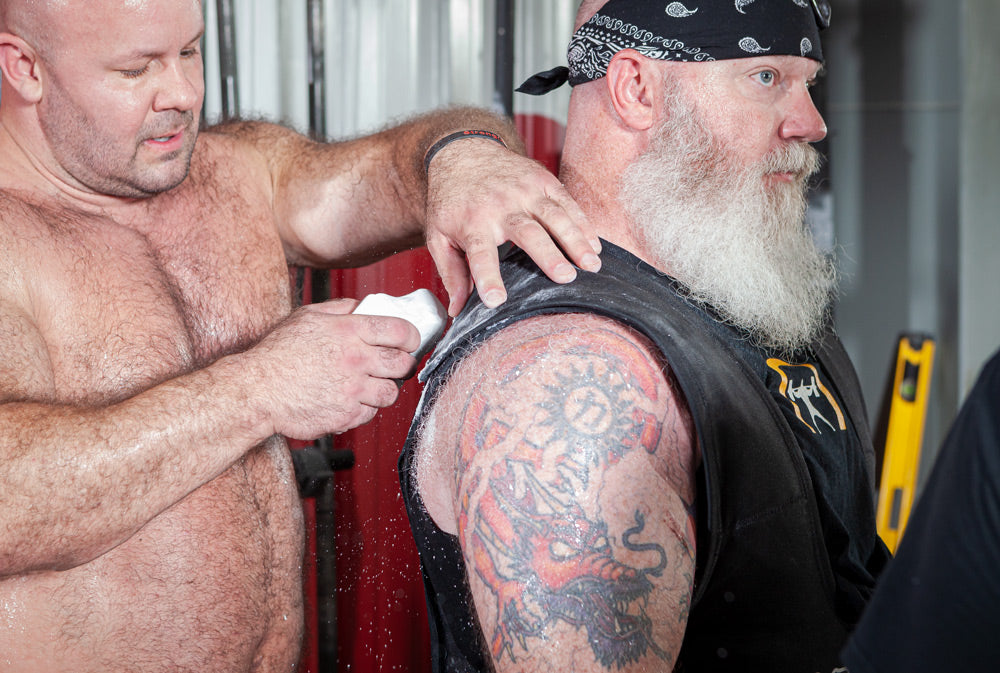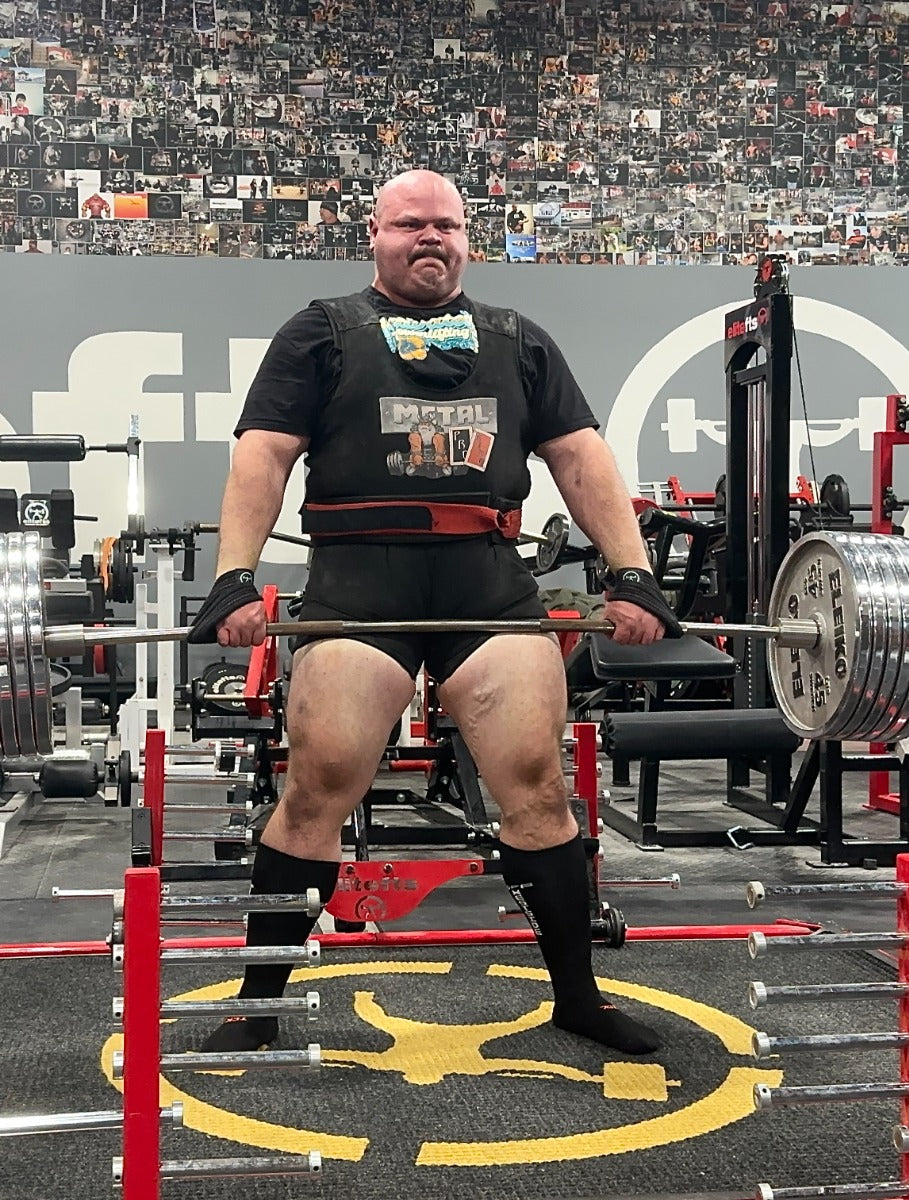
Peter heard his name and the bar was loaded for his first snatch. Up to one or two years ago, the minutes before he hook-gripped the bar were full of a deafening silence and blind emptiness. Now he heard noises. He saw the crowd. As he stretched out his arms and grabbed the bar, turning it for the best grip, he kept thinking: “What am I doing here? Why am I here?” Those endless 60 seconds that, before, were pure timelessness had turned into a torturing clockwork progress towards something. And that something was... He pulled, went under, and got the 152-kilogram snatch that would give him the victory. It would also be the last time he snatched on a competitive platform. That something was meaninglessness.
RECENT: How to Fix Your Bench Press: Programming Issues and Assistance Work
Like most people, Peter had other sources of meaning that allowed him to suffer some damage to his identity from this episode, but his “self” was not shattered to the ground. Also, the dislocation of Olympic Weightlifting from that privileged position in his edifice of meaning was gradual. For more than one year, Peter had been feeling less and less like he used to when preparing for a meet. He was feeling less and less motivated. For the next three or four articles, we will talk about this: motivation. It is what brought Peter to the platform for two decades and the loss of which made him turn his back on it.
Meaning and Identity
Everyday you come across certain images and phrases on social media, outdoors and other channels of public communication. They are referred to as “motivational” content. Some of them are general and address universal questions such as success versus failure, happiness, self fulfillment and other issues that apply to everyone. However, how they are read by one specific individual is related to how he perceives himself in his social medium. Let’s take a lifter, since we are here. The fundamental questions to understand how those issues relate to him are:- Who are you?
- What do the many things in your life mean to you (how do you construct meaning)?
- Why do you lift?

Exercise:
- Stop reading and grab a piece of paper (or open a blank document on another part of your device)
- Without thinking too much, make a list of five things that define yourself (no cheating! Don’t read the next paragraphs!)
- American
- Mother
- Lifter
- Nurse
- University of Virginia Alumni

Intrinsic Motivation, Extrinsic Motivation and Integrating the Two
The first studies about motivation in general and in sports, specifically, have divided it into two types: intrinsic and extrinsic motivation. Intrinsic motivation would be the type of incentive to engage in a certain activity (and excel in it) in the absence of external rewards. It was primarily advanced by what is known as Self-Determination Theory. It is easy to understand how beautifully it fit into motivation studies in the psychology of sports: sport is a game, and, as such, an autotelic activity (which means it has an end and purpose in itself). Extrinsic motivation comprises the incentives provided from “outside” the activity under scrutiny. The obvious examples would be material benefits (starting with money), privileges, social status improvement, and also avoiding being punished (Vallerand 2007). Things are not so simple, though. The “outside” and the “inside” are highly connected. Vallerand and Losier (1999) proposed an integrated model for the motivational sequence that can be seen in the following figure:
According to these authors, what drives people to engage in activities is their need for autonomy, competence and relatedness. Very roughly put, autonomy refers to the ability to have control over our own actions, competence refers to being capable (and possibly proficient) at something, and relatedness refers to effectively interacting with the environment. As we can see, social factor (related to the person’s social identity) and personal, internal factors (psychological mediators) interact to produce both intrinsic and extrinsic motivation. As humans, we obtain pleasure from proficiency and excellence (and not only rewards). It has been proven that people feel good when they accomplish something “well done,” even if nobody is watching. However, to obtain parameters for what is “well done," there has to be a socialization phase preceding the one where the individual is capable of obtaining pleasure for a proficiently accomplished task.
Let’s go back to Martha: she may have and even need her alone-time with the loaded bar. She may want nobody around to distract her so that she can simply surrender to her moment with the weights. And after that lift that every lifter knows is almost perfect because we can just feel everything was right, from the setup, through timing and groove, to the lockout, she smiles. She is happy and fulfilled. What motivated her to do that? You may easily say, "the next meet." She wants to win the next competition and set a record. Sure. But she also wanted to perform a good lift alone, all by herself, for her own pleasure. Both intrinsic and extrinsic motivational factors were at play there. You may also say, “because her brain is producing so much dimethyltryptamine[1] that it makes her high and she feels good.” If you can prove that, it’s a damn powerful intrinsic motivation. At this point, we may want to know what are the important values and goals that Martha has that determine she will pursue that alone-time with the weights. Values are the higher principles that define a person’s behavior, attitudes and opinions in life. “Merit”, “ethical rectitude”, “freedom” are values. Goal is what a person is actually pursuing, such as success, mastery over something or improvement. It is the interplay of both that will determine the type of action. How it will be done is determined by its motivation. There is a large overlap there, since goals are a part of the motivational setup. One line of study in motivation and motivational climate in sport discern between two types of goal: task-oriented goals and ego-oriented goals. (Ames 1992, Roberts et al 1998, Smith 2006). Task-oriented goals would be, for example, developing technique, mastering technique, performing effort, etc. Ego-oriented goals include showing superior skill, ability, or competition (winning). As it is probably clear by now, these motivational components are highly inter-dependent. They also tend to manifest either in a continuum or a sequence, in such a way that separating what is extrinsic from what is intrinsic is hard or impossible, or what is clear-cut task oriented from what is ego-oriented. Research about extrinsic motivation shows that what may have started by a purely external incentive, such as parental decision or peer pressure can turn into a highly internalized form of motivation, much closer to the intrinsic type. Researchers classify extrinsic motivation in the following classes, that actually follow this continuum (Pelletier et al 1995):
- External regulation corresponds to a behavior controlled by external sources. It usually means someone else wants the individual to engage in that activity. For example: Martha began lifting because her dad lifted and he had nobody to leave her with after school.
- Introjection: the former external source is internalized and no longer needed to initiate the behavior. Unfortunately, guilt, anxiety and body image distortions fall into this class. Back to Martha: As a teenager she was already going to the gym by herself because she knew her dad was happy when she won a championship and she felt prettier as a fit girl.
- Identification: when the individual considers the activity important for its own sake and performs it out of choice. That’s when Martha is already a mature lifter and lifts for a complex set of reasons. She tenderly remembers her dad, sometimes, since he is not around anymore.
- Intrinsic motivation to know: this encompasses the incentives related to the pleasure derived from exploration. Learning, knowing and understanding something new.
- Intrinsic motivation towards accomplishment: what I mentioned before as the pleasure to do something “well done.” Excellence and competence do seem to be inherent to humans because they can generate pleasure.
- Intrinsic motivation to experience stimulation: engaging in an activity because it promotes sensory or aesthetic pleasurable sensations. Fun, excitement or altered states of consciousness are in this class.

There are standardized scales and instruments to measure all these classes of motivation because it is very important for decision-makers in professional sport. Integrated regulated behaviours, which would be the most important form of extrinsic motivation and what actually “wraps it all,” is harder to measure (Mallet et al 2007). Unlike us powerlifters, for whom motivation is about understanding ourselves and improving our relationship with the sport we love, these things mean money in highly commercial sports: motivation is related to competitive success, injury incidence and, in the end of the day, investors’ profit. Let's do another exercise. From the list below, number from 1 to 5 the closest answers to the question “why do you lift?” and list from “a” to “e” the closest answers to the question, “why do you compete?” You are not going to show this to anybody, so just be completely honest with yourself. ( ) Because it is fun ( ) Because it gives me great physical pleasure ( ) Because I want to be the best at this ( ) Because it is my coping mechanism for mental suffering ( ) Because I release my anger and rage in the iron ( ) Because it makes me feel powerful ( ) Because it makes me feel better than other people ( ) Because it is a way to discipline myself and keep away from risky behaviors ( ) Because I want to look good ( ) Because I want to improve my chances with the opposite sex ( ) Because a powerlifter is only a powerlifter if he/she competes ( ) Because the competition is what validates my efforts to grow stronger ( ) Because I get to see my friends and have fun with them at the competition ( ) Because I meet my friends at the gym ( ) Because I only feel like I’m worth something at the platform ( ) Because I leave the best lift for the platform and the best lift feels really good ( ) Because the competitive situations puts me in a different state of consciousness and I want/love/need that ( ) Because I get paid to lift ( ) Because if I win, I get free supplements and equipment (sponsorship) ( ) Because people treat me well when I lift well ( ) Because I want to be admired ( ) What a stupid question: I have no idea why I do it! (My brother/boyfriend/father/etc) did it, I started doing it and here I am, that’s all ( ) Because I believe being strong makes one a better person ( ) Because I believe the strain of hard training makes one a better person ( ) Because I think people will love me if I win ( ) Because it gives me a sense of control over my body that I never had before ( ) Because the environment is cool, the people are cool and the lifestyle is cool ( ) Because it changes the way my body looks and I like the result ( ) Because I love winning ( ) Because it is hardcore ( ) Because I like the music and the haircuts ( ) Because it is the closest I can get to my ideal of a hero ( ) Because it is the closest I can get to my ideal of a warrior ( ) Because I’m tough ( ) Because I want to show the world I tolerate pain and suffering more than others ( ) Because the publicity I get after a contest makes me feel great ( ) Because I want to improve myself ( ) Because I want to improve myself and lifting puts numbers on my improvement ( ) To forget the stress of daily life ( ) To become a better person ( ) Because I love it when everybody is looking at me while I lift at the platform: I do it for the show ( ) Because a competition is when things are done under strict rules and rules are important in life ( ) Because I only feel I really lifted that weight if at least two judges agreed I did, in an official platform ( ) For the fame ( ) For the social media exposure ( ) Because of the excitement

And with this, we close part one on identity and motivation. For the next part, I want to leave you with a homework: collect the motivational material you see on social media in a special folder and answer the following questions:
- How many of them contain imperative verbs (do, follow, give, believe, etc)?
- How many refer to some variation of toughness?
- How many refer to some variation of pleasure?
References
- Ames, C. Achievement goals, motivational climates and motivational processes. In C.G. Roberts (Ed.), Motivation in sport and exercise (pp. 161-176). Champaign, IL: Human Kinetics, 1992.
- Smith, R.E. Positive reinforcement, performance feedback, and performance enhancement. In J.M. Williams (Ed.), Applied Sport Psychology: Personal Growth to Peak Performance (pp. 40-56). New York: McGraw-Hill, 2006.
- Roberts, Glyn C., Darren C. Treasure, and Gloria Balague. "Achievement goals in sport: The development and validation of the Perception of Success Questionnaire." Journal of Sports Sciences 16.4 (1998): 337-347.
- Mallett, Clifford, et al. "Sport motivation scale-6 (SMS-6): A revised six-factor sport motivation scale." Psychology of Sport and Exercise 8.5 (2007): 600-614.
- Pelletier, Luc G., et al. "Toward a new measure of intrinsic motivation, extrinsic motivation, and amotivation in sports: The Sport Motivation Scale (SMS)." Journal of sport and Exercise Psychology 17 (1995): 35-35.
- Vallerand, Robert J. "Intrinsic and extrinsic motivation in sport and physical activity." Handbook of sport psychology 3 (2007): 59-83.
- Vallerand, Robert J., and Gaétan F. Losier. "An integrative analysis of intrinsic and extrinsic motivation in sport." Journal of applied sport psychology 11.1 (1999): 142-169.
- Leary, Mark R., and June Price Tangney, eds. Handbook of self and identity. Guilford Press, 2011.
- Tajfel, H. and Turner, J. C. The social identity theory of inter-group behavior. In S. Worchel and L. W. Austin (eds.), Psychology of Intergroup Relations. Chigago: Nelson-Hall, 1986.


























